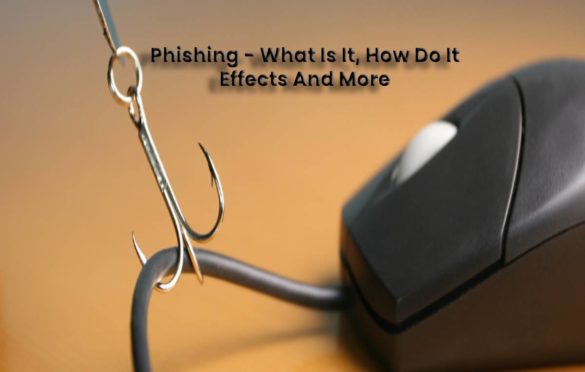
Phishing – What Is It, How Do It Effects And It Types
Table of Contents
What exactly is phishing?
Phishing is one of the old and most known scams on the Internet. We can define it as a type of fraud in telecommunications that uses social engineering tricks to obtain private data from its victims.
It attack has three components:
- The attack carries out through electronic communications, such as an email or a phone call.
- The attacker impersonates a trusted person or organization.
- The goal is to obtain confidential personal information, such as login credentials or credit card numbers.
How does it work?
Regardless of whether they carry out by email, social networks, SMS, or any other system, all phishing attacks follow the same basic principles. The attacker sends a targeted communication to persuade the victim to click on a link, download an attachment, send requested information, or even complete payment.
The nature of the deception left to the attacker’s imagination and ability. With the advent of social media, phishers have access to more personal information than ever about their goals. Armed with this data, they can customize the attacks in detail according to the needs, wishes, and vital circumstances of the target, and thus create a much more attractive proposal. In these cases, social media makes much more powerful social engineering possible.
What are the effects of phishing?
It can result in identity or money theft, and is also an effective technique for industrial espionage and data theft. Some hackers even go as far as creating fake social media profiles, spending time developing a relationship with potential victims, and waiting for trust to set the trap in motion.
What is the cost of it?
There is not only financial damage: in these cases there is also a loss of confidence. It’s not nice to be scammed by someone we thought we could trust; Also, recovery can be slow.
What are the different types of it scam?
Let’s dig a little deeper: how does it work? Where can an attack come from and what form can it take? We are going to get some answers.
Phishing Vectors: Beyond Email
- Email Phishing
- Website
- Smishing
- Phishing by social networks
Common strategies
- Cheating Phishing
- Custom Phishing
- Whaling
- CEO fraud
- Pharming
- Phishing by Dropbox and by Google Docs
- Cloning Phishing
- Link manipulation
- Cross-site scripting
Also Read: Software – Concept And Types of Software
READ MORE:- healthkaregua



